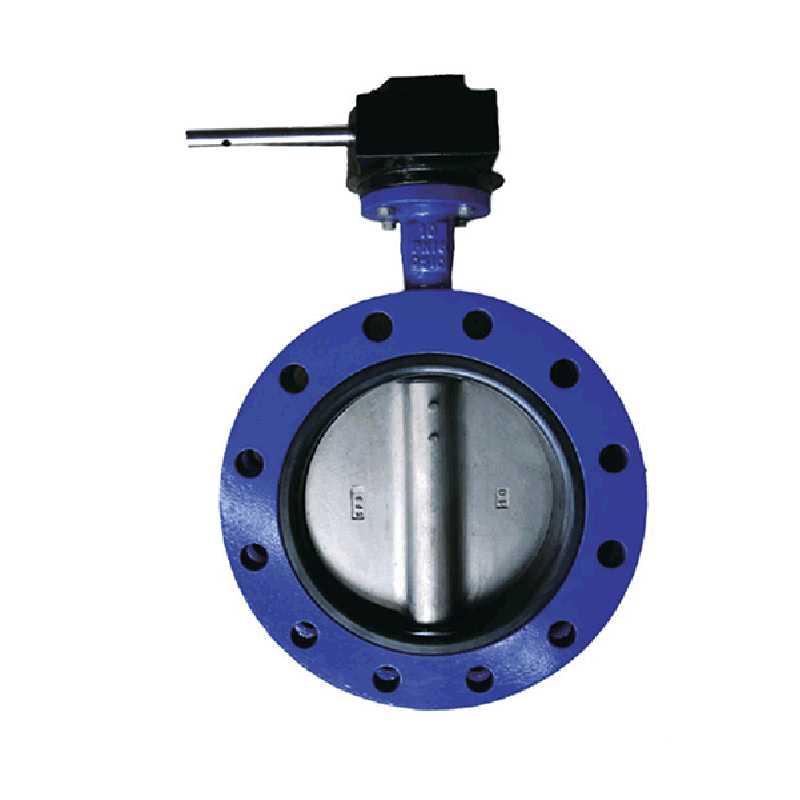നവം . 26, 2024 23:49 Back to list
Understanding the Functionality and Benefits of Butterfly Check Valves in Fluid Systems
Understanding Butterfly Check Valves Function and Applications
Butterfly check valves are crucial components in fluid control systems, offering a reliable means of preventing backflow in a wide range of applications. As industries continue to seek effective solutions for fluid management, the butterfly check valve stands out due to its unique design, efficiency, and ease of installation. This article delves into the functionality, advantages, and applications of butterfly check valves, emphasizing their role in modern systems.
What is a Butterfly Check Valve?
A butterfly check valve is a type of non-return valve that is engineered to allow fluid flow in one direction while preventing backflow. Its design is characterized by a circular disc that pivots on a shaft. When fluid flows in the desired direction, the disc opens easily, allowing smooth passage. If the flow reverses, the disc closes under the influence of gravity or spring action, thus mitigating the risk of reverse flow. This mechanism is highly effective in maintaining system integrity and ensuring the consistent performance of fluid transport systems.
Key Features of Butterfly Check Valves
1. Compact Design The butterfly check valve’s compact size makes it suitable for various piping configurations, particularly in confined spaces where larger valves may not fit.
2. Low Pressure Drop The streamlined design minimizes turbulence and pressure loss during fluid flow, making it more energy-efficient as compared to other types of check valves.
3. Durability and Reliability These valves are typically constructed from robust materials such as stainless steel, PVC, or ductile iron, ensuring long-lasting performance even in demanding environments.
5. Versatile Applications They can be used in various applications, including water treatment plants, HVAC systems, chemical processing, and mining.
Advantages of Butterfly Check Valves
- Cost-Effectiveness The manufacturing process for butterfly check valves is often less expensive than that of traditional check valves, leading to lower initial costs for installation.
butterfly check valve

- Quick Operation The lightweight disc ensures that the valve responds quickly to fluid flow changes, providing effective protection against backflow.
- No Cavitation Issues Unlike some other valve types, butterfly check valves are designed to avoid cavitation, which can lead to severe wear and damage in a system.
- Reduced Vibration and Noise The design helps minimize vibration and noise levels during operation, contributing to a more stable working environment.
Applications of Butterfly Check Valves
Butterfly check valves are used across various sectors due to their versatility. Here are some prominent applications
1. Water and Wastewater Treatment In treatment plants, these valves help control the flow of water, ensuring that wastewater does not flow backward into the treatment process.
2. Pumping Stations Butterfly check valves prevent backflow in pumping stations, safeguarding pumps and extending their lifespan.
3. Marine Applications They are commonly used in ships and offshore platforms to manage the flow of ballast water and other fluids.
4. Oil and Gas Industry In pipelines and refineries, these valves are critical for maintaining unidirectional flow, contributing to efficiency and safety in operations.
5. HVAC Systems They help in regulating and controlling the circulation of air and other fluids in heating, ventilation, and air conditioning systems.
Conclusion
As industries increasingly prioritize efficiency, safety, and reliability, butterfly check valves have emerged as a significant solution for fluid management. Their innovative design and operational advantages make them ideal for preventing backflow in diverse applications, from water treatment to industrial processes. Understanding the functionality and benefits of butterfly check valves can aid engineers, architects, and facility managers in making informed decisions that enhance system performance while ensuring long-term operational success. As technology continues to advance, the role of butterfly check valves in fluid control systems will likely expand, solidifying their importance in modern engineering.
Share
-
Reliable Wafer Type Butterfly Valves for Every IndustryNewsJul.25,2025
-
Reliable Flow Control Begins with the Right Ball Check ValveNewsJul.25,2025
-
Precision Flow Control Starts with Quality ValvesNewsJul.25,2025
-
Industrial Flow Control ReliabilityNewsJul.25,2025
-
Engineered for Efficiency Gate Valves That Power Industrial PerformanceNewsJul.25,2025
-
Empowering Infrastructure Through Quality ManufacturingNewsJul.25,2025